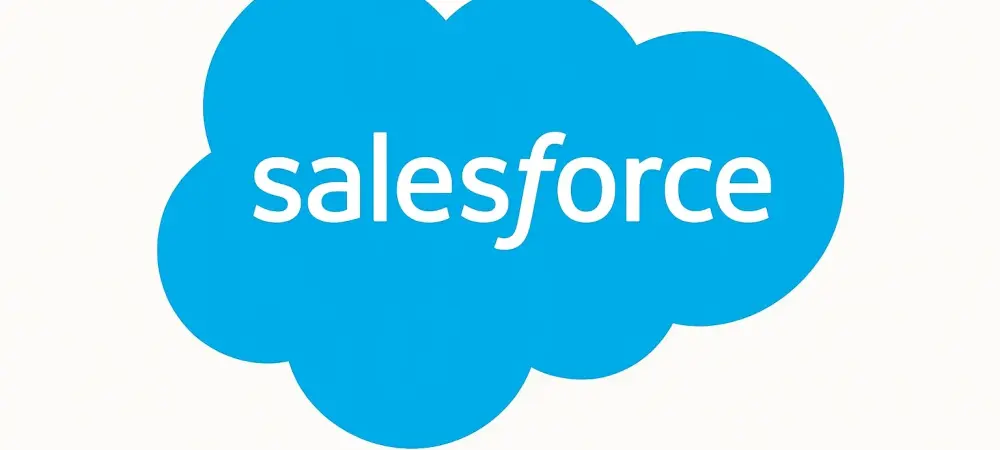In an era marked by rapid technological advancements, the integration of artificial intelligence into media operations has become a necessity rather than a choice. Salesforce’s recent decision to expand its partnership with Nexstar Media Group, a major player in the U.S. media landscape, exemplifies this shift. By tapping into Salesforce’s advanced solutions such as Media Cloud and Agentforce, Nexstar aims to redefine its digital advertising strategies, aligning closely with advertisers’ increasing preference for digital platforms. This collaboration is designed not merely to enhance incremental improvements but to facilitate transformative changes across Nexstar’s media operations, streamlining processes and vastly increasing efficiency.
Strategic Use of Salesforce Media Cloud
The collaboration focuses on deploying Salesforce Media Cloud to enable Nexstar to manage its advertising sales operations more effectively. By doing so, Nexstar can achieve real-time visibility into several critical sales activities, including campaign delivery, ad fulfillment, and financial forecasting. Such capabilities are increasingly vital as advertisers focus more on digital platforms. This adoption represents a comprehensive effort within Nexstar to become more agile and responsive in the rapidly evolving media marketplace. The Media Cloud enables sales teams to operate with enhanced clarity and speed, elevating Nexstar’s ability to meet client demands promptly.
Moreover, the Media Cloud’s integration removes the obstacles posed by data silos that often hinder operational efficiency. By consolidating platforms into a unified Salesforce ecosystem, Nexstar creates an environment where data flows seamlessly across different departments, paving the way for better-informed decision-making. This unification is crucial in fostering an ecosystem where real-time data and insights serve as the backbone for strategic moves. Ultimately, Media Cloud’s implementation supports a dynamic approach to media sales, aligning with Nexstar’s commitment to innovation and growth through digital transformation.
Integration of AI Solutions through Agentforce
A significant aspect of this partnership is the introduction of Agentforce, which leverages AI to enhance automation within Nexstar’s operations. Agentforce offers a novel approach by empowering AI-driven solutions that automate repetitive tasks, thus allowing human resources to be allocated more strategically. With AI agents capable of working autonomously, Nexstar can facilitate product discovery and create proposals with unprecedented efficiency. This methodology aligns with broader industry trends toward AI and data-driven decision-making, which focus on transformative changes rather than incremental improvements.
By employing Agentforce, Nexstar is positioning itself as a front-runner in the adoption of artificial intelligence within media sales. The AI-focused strategy offers opportunities to rethink and re-engineer traditional processes, making them more dynamic and effective. With the capacity to automate proposal creation and other key tasks, Nexstar can anticipate needs and deliver solutions more promptly, fostering stronger relationships with advertisers. This proactive approach not only enhances operational efficiency but also places Nexstar in a better position to explore and capitalize on new market opportunities made available through AI-driven insights and analytics.
Exploring New Dimensions with CRM Analytics and Revenue Cloud
Alongside Media Cloud and Agentforce, Nexstar will harness Salesforce’s CRM Analytics and Revenue Cloud to obtain near real-time intelligence and a holistic view of its operations. CRM Analytics offers invaluable insights into customer behaviors and preferences, enabling Nexstar to tailor its offerings to match the nuanced demands of its diverse clientele. Having access to such granular data allows Nexstar to optimize its advertising strategies, ensuring they resonate well with the target audience. This approach not only enhances client satisfaction but also boosts Nexstar’s competitive edge in the media landscape.
The combination of CRM Analytics and Revenue Cloud reinforces Nexstar’s capability to streamline its sales process and improve revenue forecasting. Through integrated data analytics, Nexstar can anticipate market trends and adapt its strategies accordingly. The ability to offer personalized advertising solutions strengthens its relationships with advertisers, which is crucial for sustained business growth. Embracing such sophisticated technology tools underlines Nexstar’s resolve to stay ahead in a fiercely competitive industry by leveraging every available technological advantage. It demonstrates a commitment to redefining operational strategies in tune with the AI-driven future of media sales.
Charting a Path Forward with AI and Intelligent Agents
In today’s world of fast-paced technological evolution, the integration of artificial intelligence into media operations isn’t just an option—it’s a necessity. One striking example of this shift is Salesforce’s recent move to deepen its partnership with Nexstar Media Group, a significant figure in the American media landscape. Through the adoption of Salesforce’s advanced tools like Media Cloud and Agentforce, Nexstar is set on transforming its digital advertising strategies. This aligns closely with advertisers’ growing preference for digital platforms. The goal of this collaboration isn’t just about making slight improvements; it’s about bringing transformative changes to Nexstar’s media operations. By doing so, they aim to streamline their processes, vastly enhance their operational efficiency, and position themselves at the forefront of digital advertising innovation. Such advancements support Nexstar in standing out in the competitive media industry, ensuring they meet modern demands with agility and foresight while reinforcing their market leadership.

